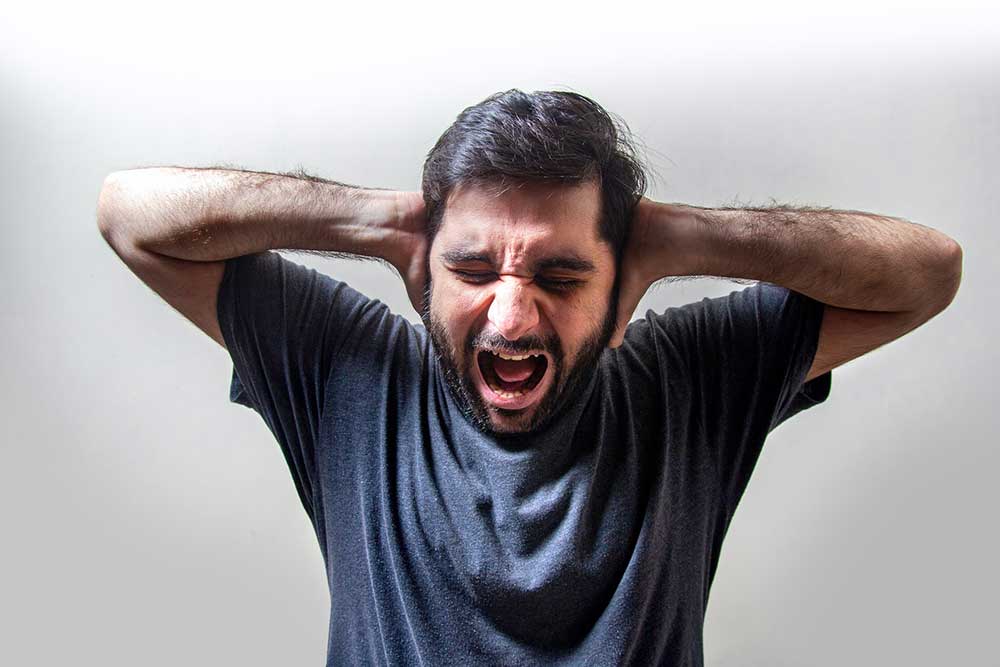Cluster headaches are a severe type of migraine that can strike suddenly and without warning. While they are not technically classified as a headache, cluster headaches are marked by an intense, sudden headache that can last for days.
Cluster headaches are a type of headache that comes and goes in cycles. Most people get one or two headaches every six months, but some people may get the headaches several times a day. These headaches usually last from 15 minutes to 3 hours, though they may last longer than 3 hours. Each headache cycle can last anywhere from 3 months to 2 years. Cluster headaches are difficult to control and typically happen during the day, though onset can occur during the night or early morning hours as well.
The Symptoms of Cluster Headache
*Mild burning feeling or discomfort feeling
When you experience a cluster headache, you might experience a combination of three symptoms:
– A mild burning sensation or discomfort in one eye
– A dull, aching headache that’s typically worse on one side of your head
– A throbbing headache that can occasionally be felt in your jaw, neck, or teeth
*Red, Puffy, and Swollen or drooping eye
Most people who suffer from cluster headaches experience them daily; however, they typically occur only three or four times a month in people who’ve never had headaches before. Patients say the headaches begin suddenly, usually in one eye. The eye becomes red, puffy, and swollen, and the pain is described as feeling like an electric shock. The spasms often start at the base of the skull and move to the jaw. Nausea can occur along with headaches.
*Runny or congested nose
Cluster headaches are a relatively rare type of headache characterized by extremely painful, unilateral attacks of pain that often occur in a “cluster” of attacks. The pain is usually preceded by a symptom, such as nasal congestion or a feeling of fullness around the eyes.
*Sweating
Sweating symptoms may be an early warning sign of cluster headaches. They are a common and disabling form of headache that typically lasts from 15 minutes to several hours. Although cluster headaches don’t cause fevers or physical trauma, they can be quite disabling. Treatments for cluster headaches include medication, surgery, and psychotherapy. You can check out cluster headache clinical trials at Power if you’re looking for additional treatment options for cluster headaches.
*Sensitivity to light and sound
Cluster headaches are a debilitating type of headache. The attacks usually occur suddenly, around one eye. Some people get headaches on both sides of their heads. Some people get headaches every day. The symptoms of cluster headaches include sensitivity to light and sound and throbbing pain on one side of the head. Doctors aren’t sure what causes cluster headaches. Some people think they may be caused by a weakness in the brain’s blood vessels.
*Vomiting
Cluster headaches usually begin as a constant pulsing or throbbing feeling on one side of the head. The head pain may spread to the forehead, cheeks, or upper lip. You may feel an unpleasant sensation in the eye and forehead. Some people feel nausea or vomiting. The pain usually is worse when you move your head and will often decrease or disappear when you lie down or relax.
*Dizziness
Dizziness is a symptom that is commonly associated with cluster headaches. Also called vasomotor headaches, cluster headaches are headaches that occur in a cluster of 3-5 days. They start on just one side of your head and can last for hours, days, or weeks. Cluster headaches typically occur in people over 35 years old but can occur at any age.
* Nausea
Cluster headaches, or “migraines with periods of headache-free intervals,” are a relatively common form of headaches. While the exact cause of this condition is unknown, multiple theories abound.
One of the primary cluster headache symptoms is a throbbing pain on only one side of the head. The pain is felt at the base of the skull, extending to the nose and cheekbones. The severity of the pain can range from mild to excruciating, requiring treatment from emergency medical services. These headaches are seldom accompanied by nausea; however, some patients do report feeling nauseous during the first headache of the day.
*Blurry vision and nosebleeds
Cluster headaches are a neurological disorder typically associated with men in their 30s to 40s and mostly affect one side of the head. The headaches are severe, often incessant, and are often accompanied by other symptoms, including blurry vision and nosebleeds. Cluster headaches can be treated with some types of medication, but the most effective treatment is a combination of medication and therapy.
*Pain on the side of the head
Cluster headaches are a rare type of headache. They can last from several hours to several days. Pain on one side of the head is a common symptom that gets worse with the movement of the head.

